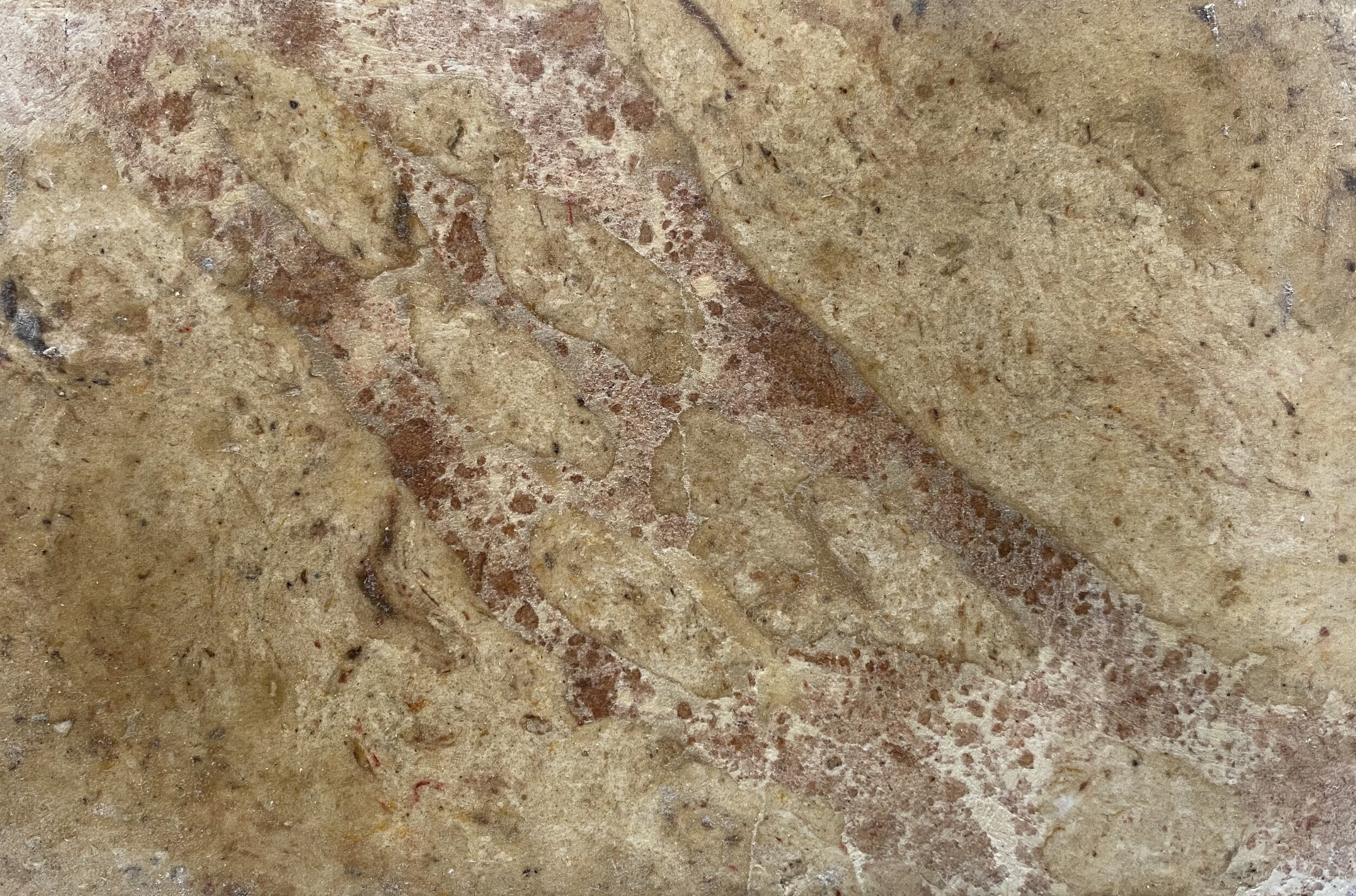
THE EMBLEM COLLECTION
We are fascinated by the Renaissance emblem tradition. Conventionally, an emblem has an image and a motto, with a short poem linking the two. Instead of using a poem, we have coupled a striking image, rich in symbolism, with an enigmatic inscription - two aspects of the same thought.
The panels in this collection function in a way similar to a conversation piece. We are interested in arcane images that do not give up their meaning immediately, that encourage the viewer to pause and reflect.
EX BELLO PAX
SCAGLIOLA, BRASS & Bronze.
99.5x48x6cm
A scagliola panel with .50 calibre brass shell cases and 21over life-size bees cast in brass. A large bronze coin is embedded in the scagliola, with the motto EX BELLO PAX - ‘Peace from War.’
This piece is a contemporary interpretation of a traditional Renaissance emblem, which depicted an old knight's jousting helmet that had become a beehive. The hive and the bee have always been used as a symbol of peaceful cooperation, concord and industry. The brass shell casings, objects used explicitly and exclusively for war, have been given a peaceful purpose by being turned into a productive honeycomb.
SP003.
gnothi seauton
SCAGLIOLA & Brass.
103x65x6cm
The Ancient Greek inscription gnothi seauton, 'Know Thyself', comes from the Delphic Oracle and has functioned as a memento mori. The inscription is one of the sayings of The Seven Sages of Athens and occurs ubiquitously in Ancient Greek culture and through all civilisations.
"...those maxims which are on every tongue—'Know Thyself' and 'Nothing Overmuch.' To what intent do I say this? To show how the ancient philosophy had this style of laconic brevity...it is hard to be good."-Plato, Protagoras
SP002.
nel fuoco vivo
SCAGLIOLA & gilt-Bronze.
166.5x52.5x6cm
The inscription NEL FVOCO VIVO, ‘I Live in the Flames,’ comes from an emblem implying that the spirit should be tempered by, and not consumed by, the fire.
Salamanders, first mentioned by Pliny the Elder, were thought to be spontaneously generated by fire, on account of their sudden appearance from damp logs thrown into the hearth. During the Renaissance, the salamander's natural history was interwoven into folklore by artists such as Da Vinci, who once said "the salamander, renewing its scaly skin in the fire, for virtue."
With the image of the blazing salamander and its symbolism in mind, this panel was created to be displayed above a fireplace. In gilt-bronze, it will attract any available light and will glow in the dark, embodying the emblem's meaning.
SP001.



